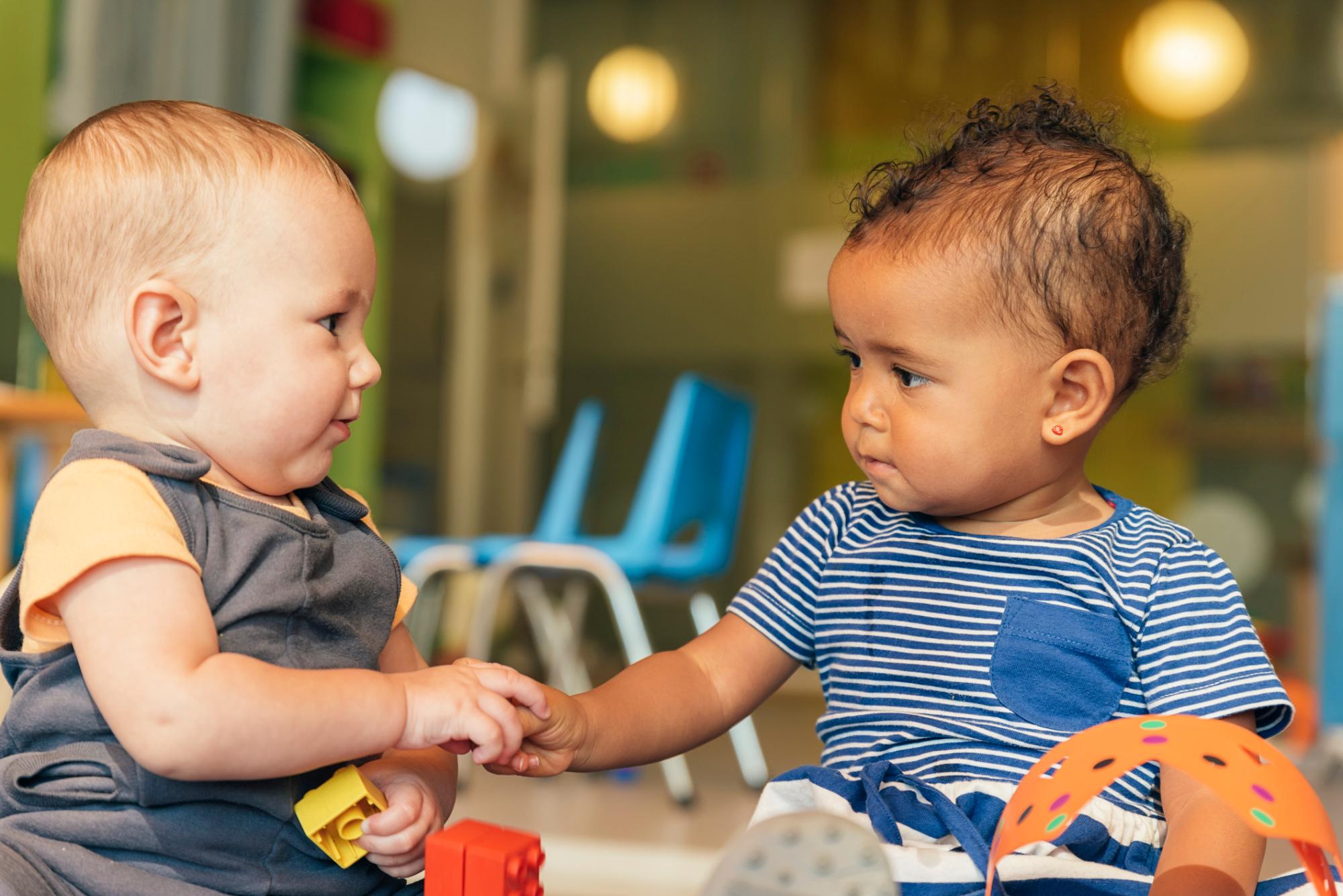
Rich countries contribute an average of $14,000 per year for a toddler’s care. In the U.S. it’s $500.
The New York Times: How Other Nations Pay for Child Care
Child care in the United States is in a crisis — and it’s time for change.
The New York Times recently shared shocking statistics about child care support in the United States. While most rich countries around the world contribute an average of $14,000 per year for a toddler’s care, the United States contributes just $500 per year, per child.
The United States — one of the richest countries in the world — spends only $500 per child on early childhood care each year.
This number is staggeringly low, and the truth is undeniable.
In the developed world, the United States is an outlier in its abysmal levels of financial support for child care.
Affordable child care is essential to millions of workers and their families. Parents and caregivers cannot work if their infants and toddlers are not safe and cared for.
President Biden has proposed spending $450 billion to subsidize child care and offer universal preschool as part of his 10-year, $3.5 trillion Build Back Better plan. Congress is now on the verge of making transformational policy change for babies by investing in comprehensive paid leave, high-quality child care, and an expanded Child Tax Credit.
But negotiations continue, and these objectives remain at risk.
We need to make sure that Congress understands that scaling any of these components back could lower the odds that our children will thrive.
The needs of America’s children are non-negotiable.
Funding and building a child care infrastructure is key to supporting our families, providing the recovery our nation needs, and addressing America’s shameful underinvestment in child care.
It’s time that every family in the United States has access to a high-quality, affordable child care system. Help make this vision a reality by letting your legislators know that high-quality child care should be affordable for every family in America.
Here are 3 Ways to Voice Your Support for Child Care:
1. Share Your Story: Child Care Aware of America has a vision for the future of child care. Contact your legislators and share your personal child care story here: https://www.childcareaware.org/our-issues/advocacy/take-action/support-affordable-child-care/
2. Write a Letter: Take action with MomsRising to urge Congress to support kids and families by passing critical care infrastructure: https://action.momsrising.org/sign/NY_Times_Care_RR/?source=action
3. Send a Note: Urge Congress to pass the Build Back Better Act by sending a note through Think Babies: https://www.thinkbabies.org/take-action-build-back-better-act/
Further Reading
Fact Sheet on the Build Back Better Act
The Build Back Better Act Would Greatly Lower Families’ Child Care Costs
The True Cost of High-Quality Child Care Across the United States
The post Action Alert: 3 Ways to Voice Your Support for Child Care appeared first on Promise the Children.
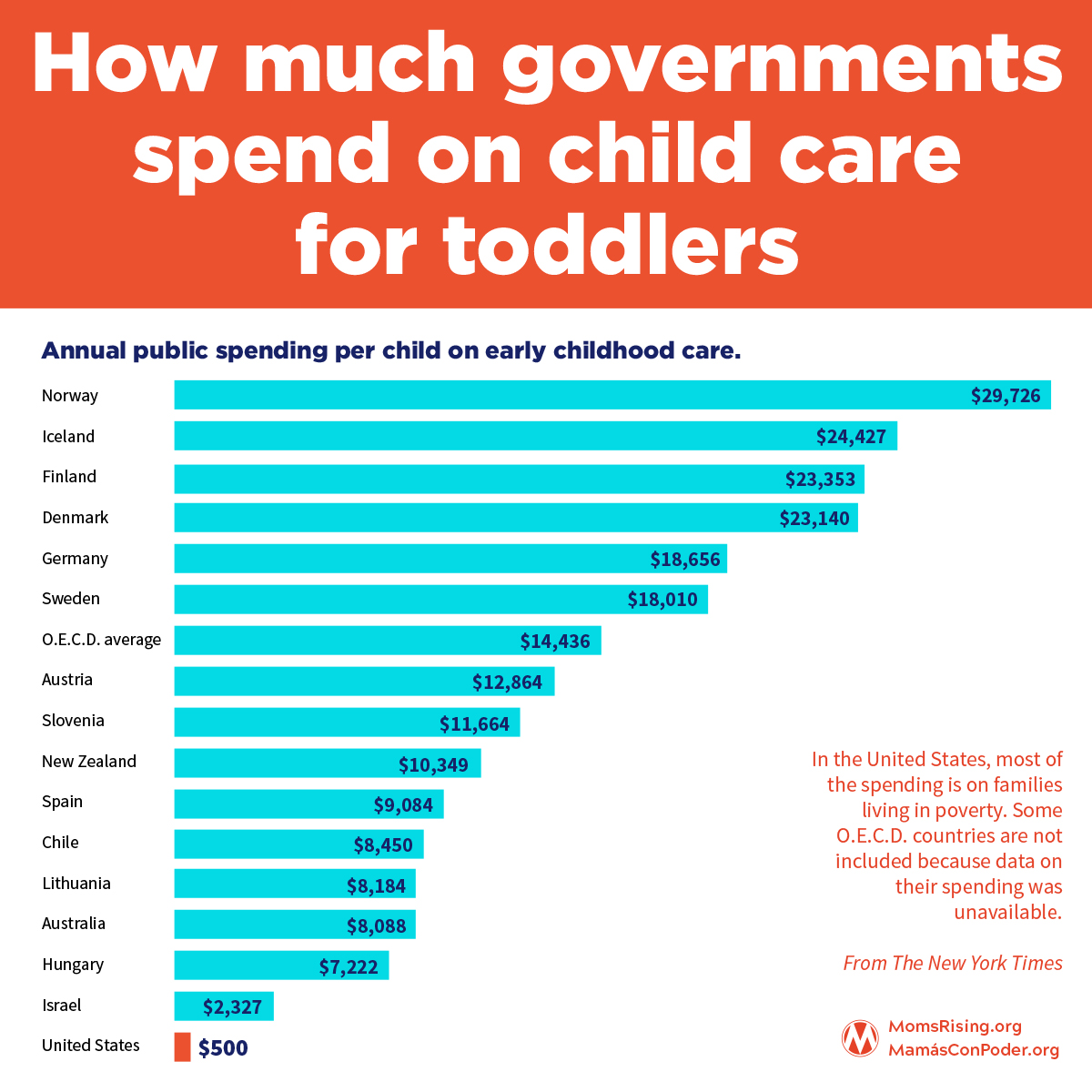


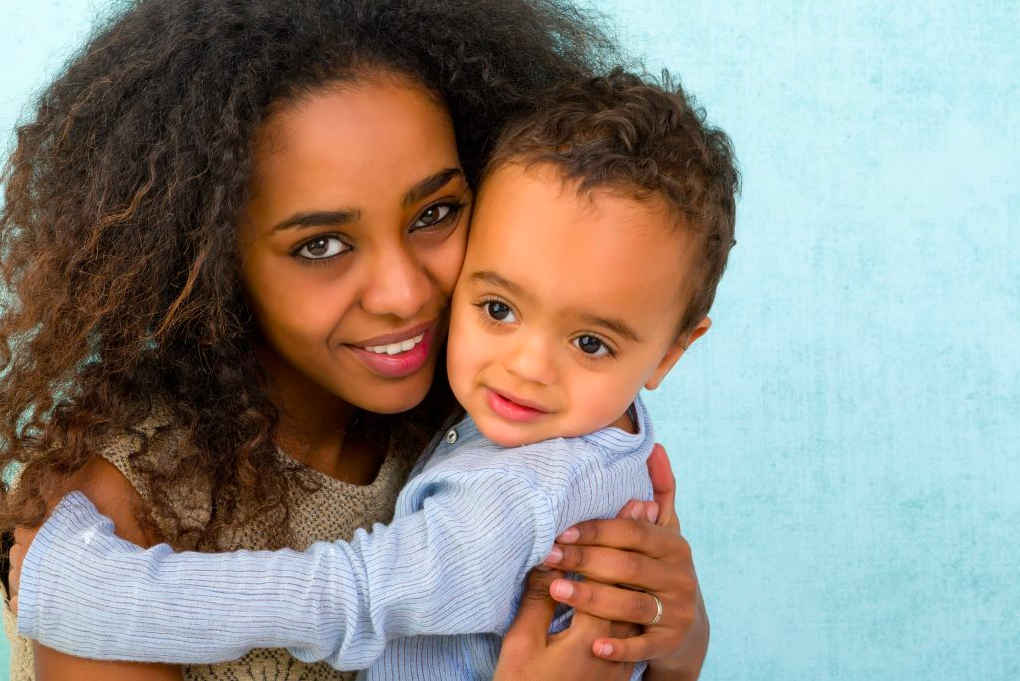
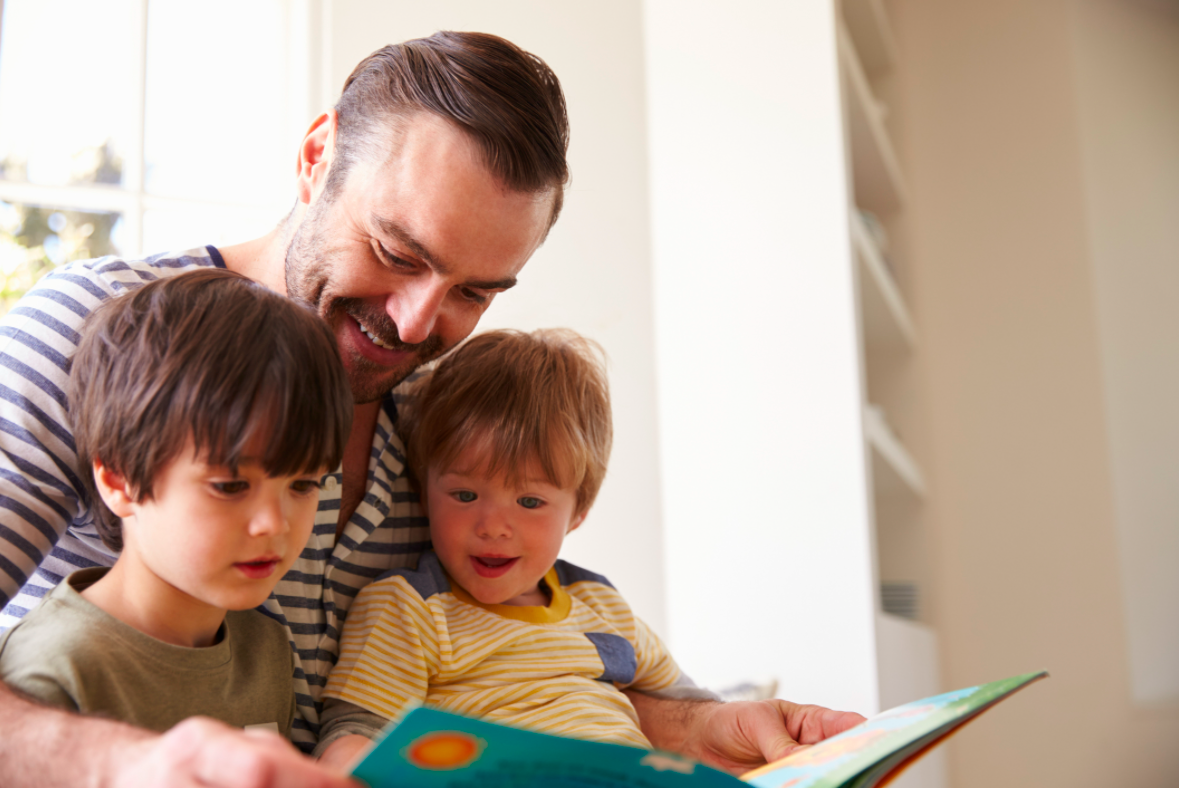

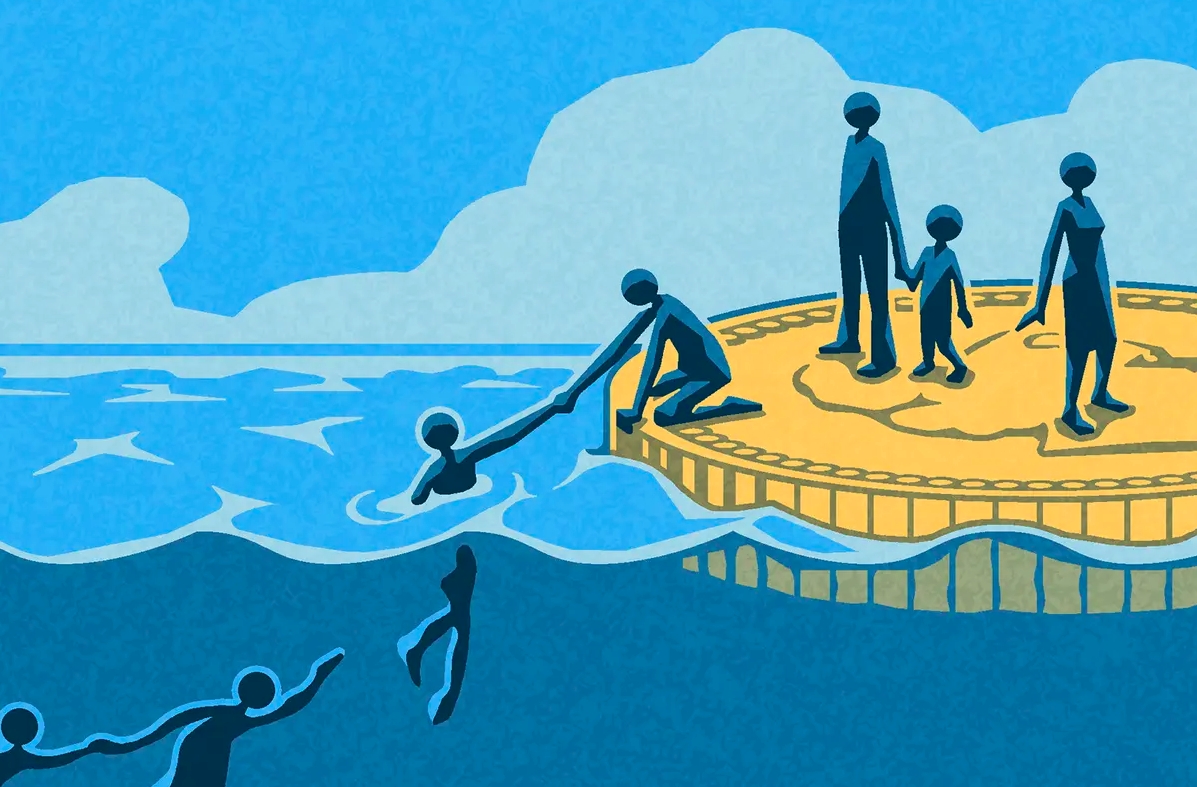
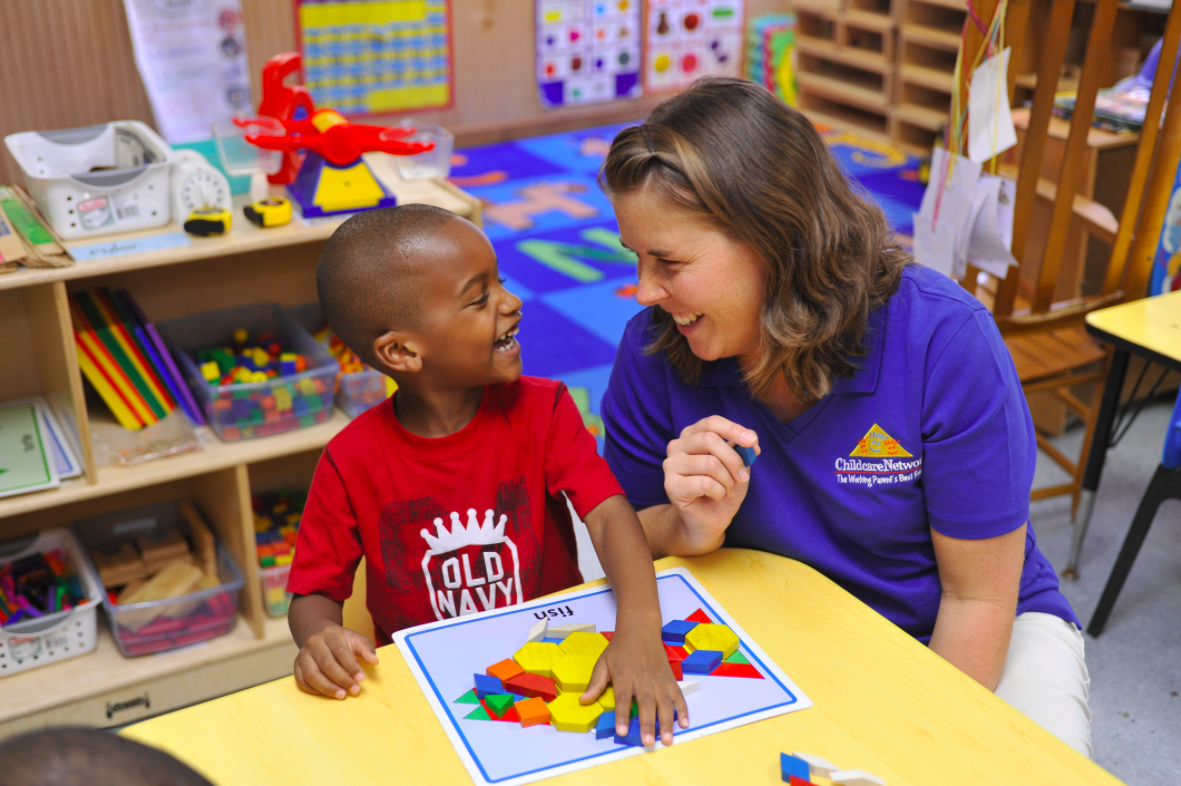

 without parents. Another added problem is that minorities such as African Americans and Latinos are incarcerated at a higher rate than white people. Reforming America’s prison system can create major positive changes for inmates who have committed nonviolent crimes. America can draw inspiration from foreign countries’ prison systems, particularly Scandinavian countries like Denmark.
without parents. Another added problem is that minorities such as African Americans and Latinos are incarcerated at a higher rate than white people. Reforming America’s prison system can create major positive changes for inmates who have committed nonviolent crimes. America can draw inspiration from foreign countries’ prison systems, particularly Scandinavian countries like Denmark.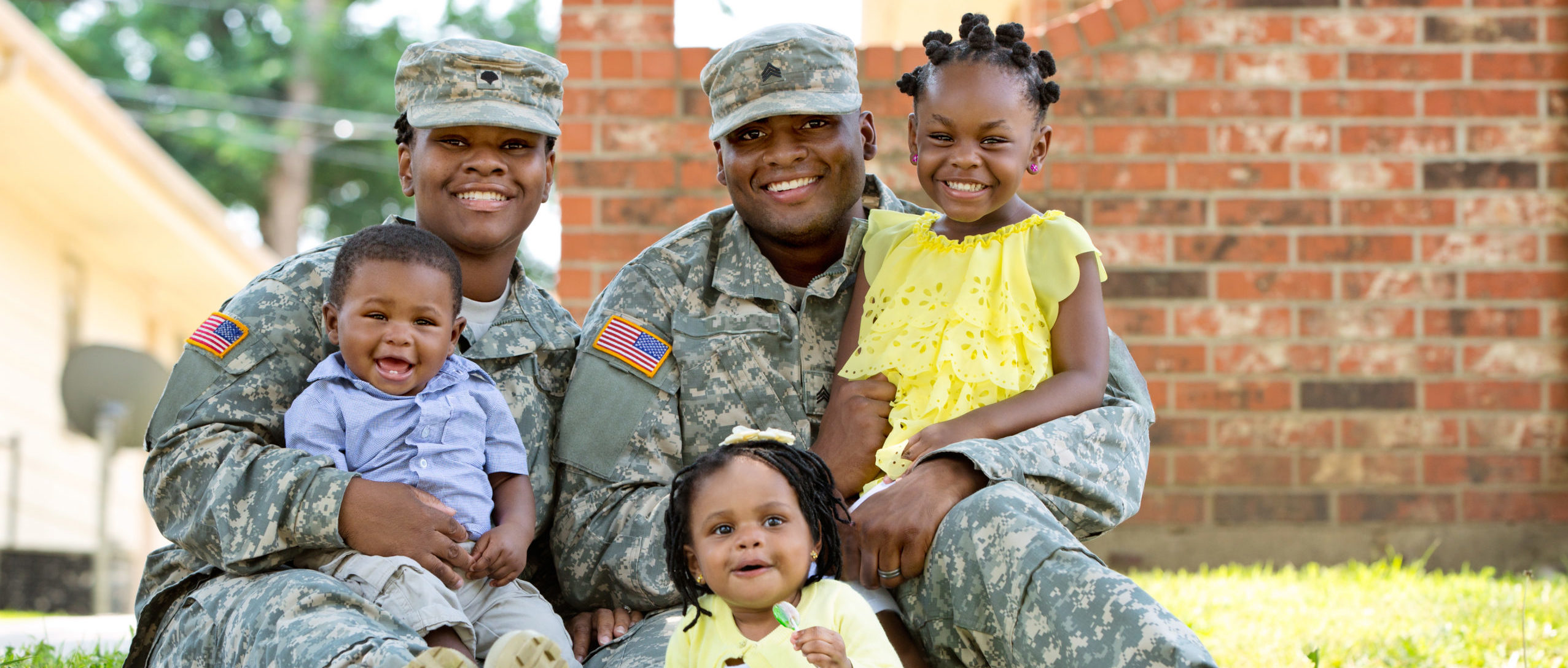
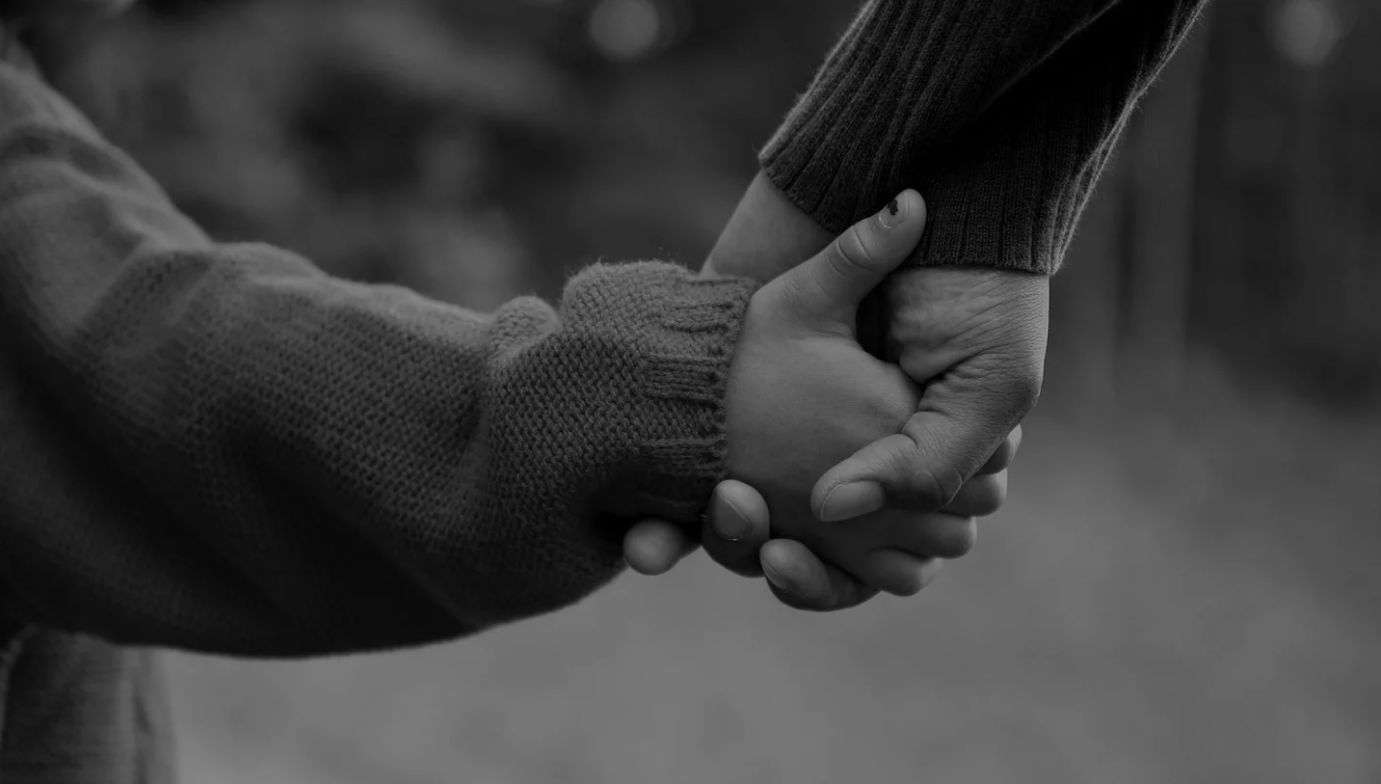
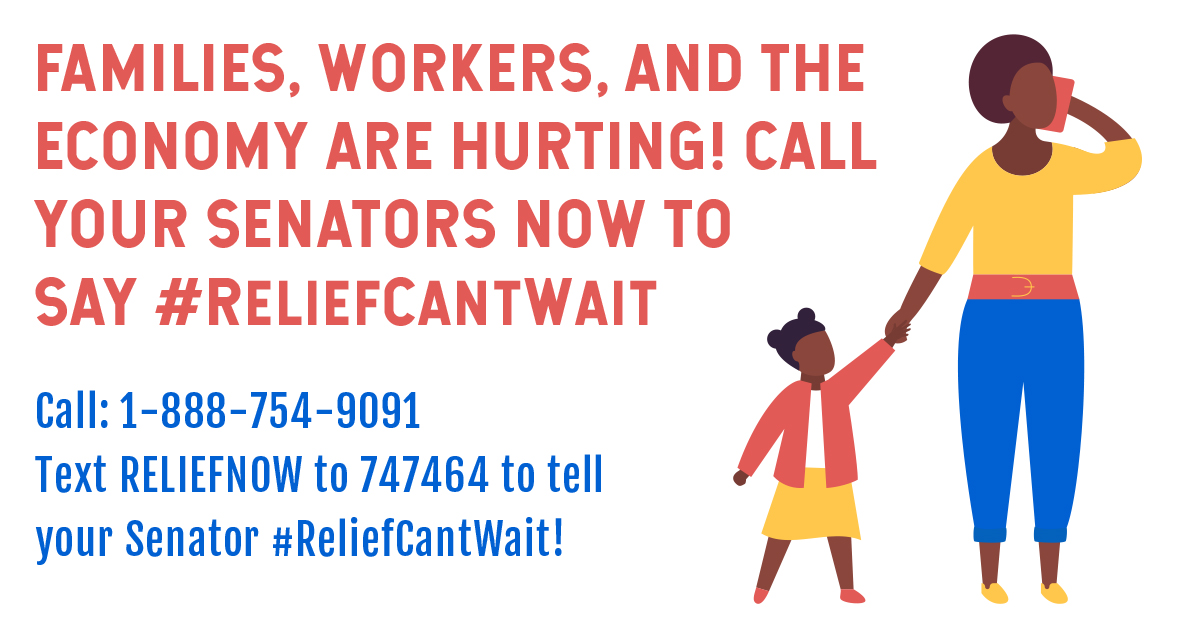
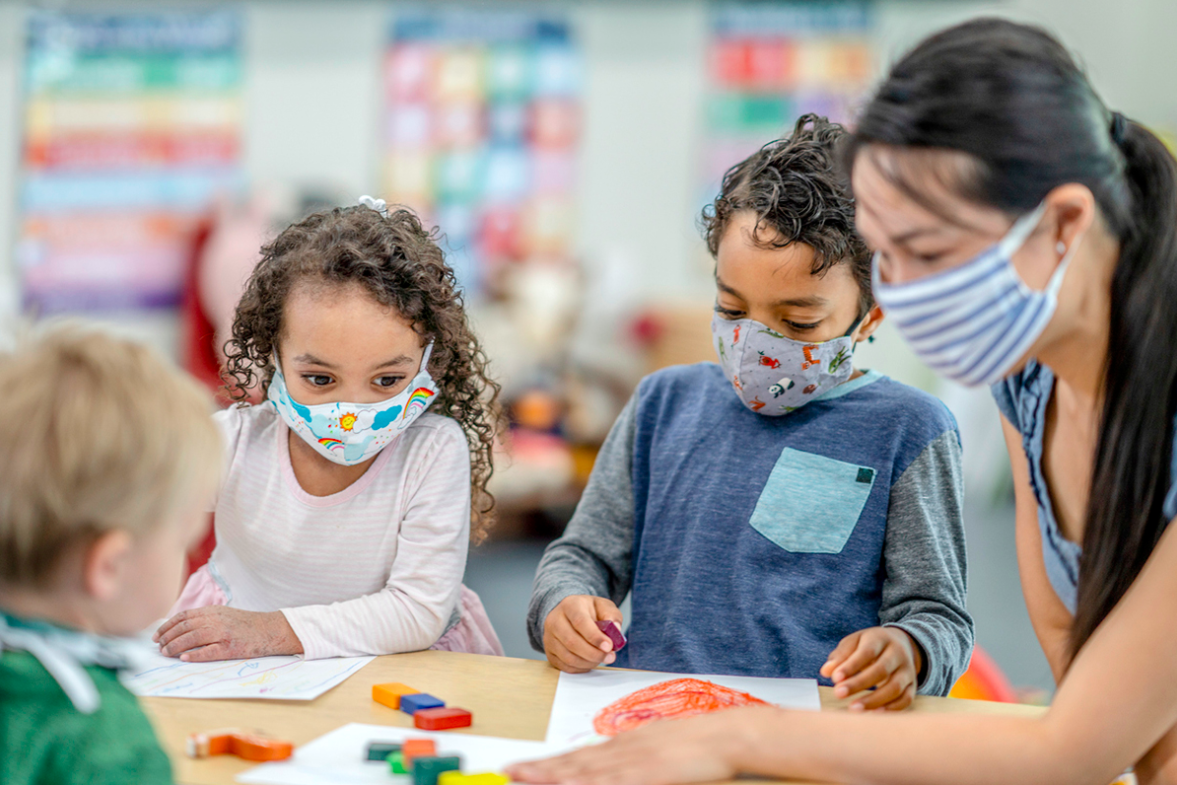

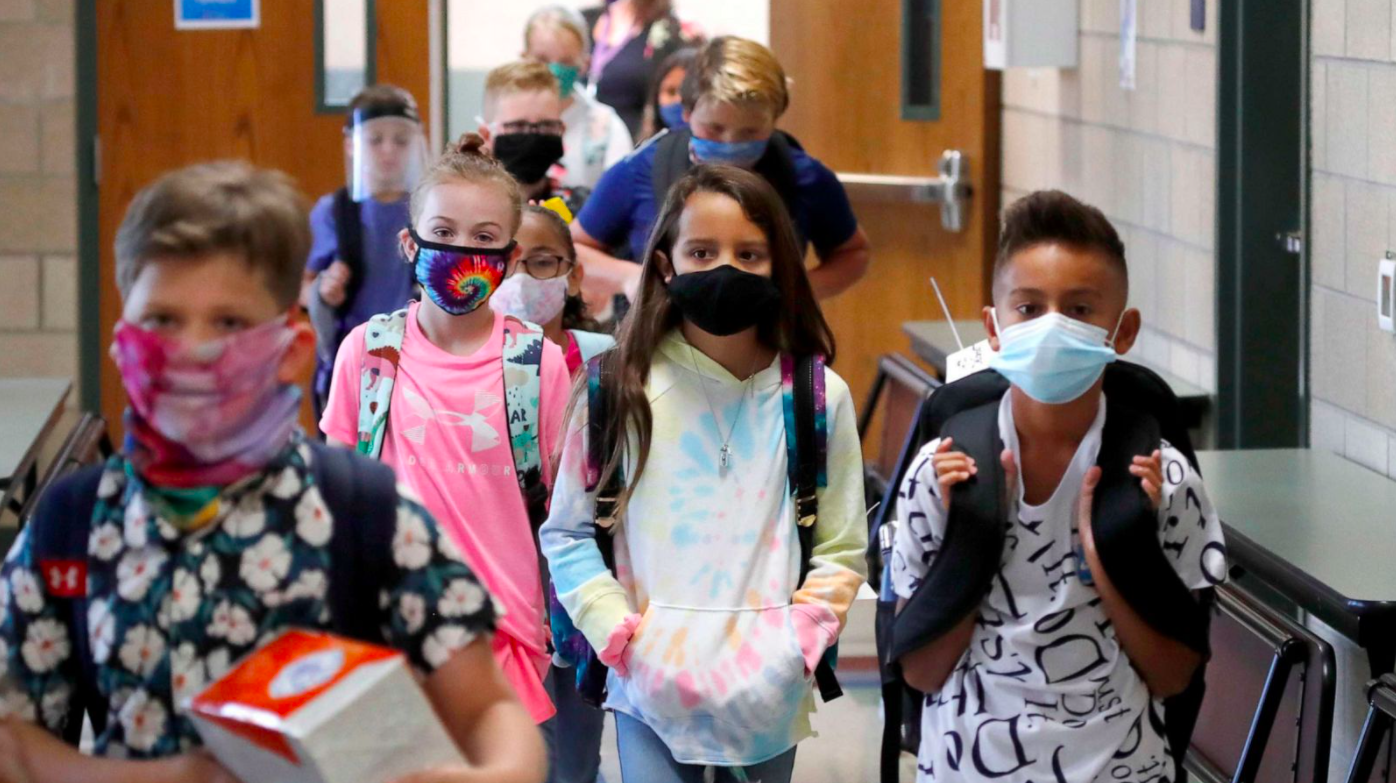

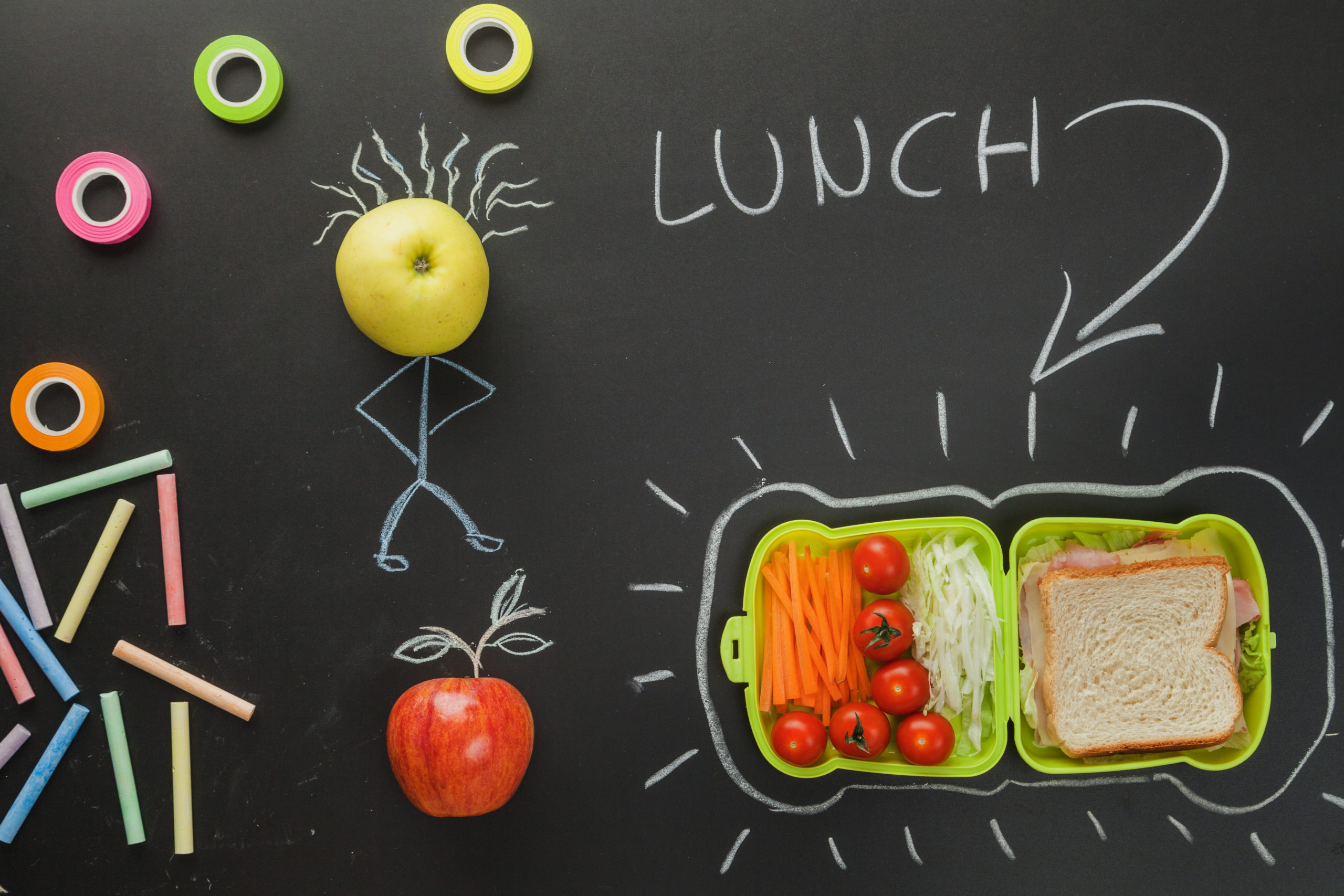

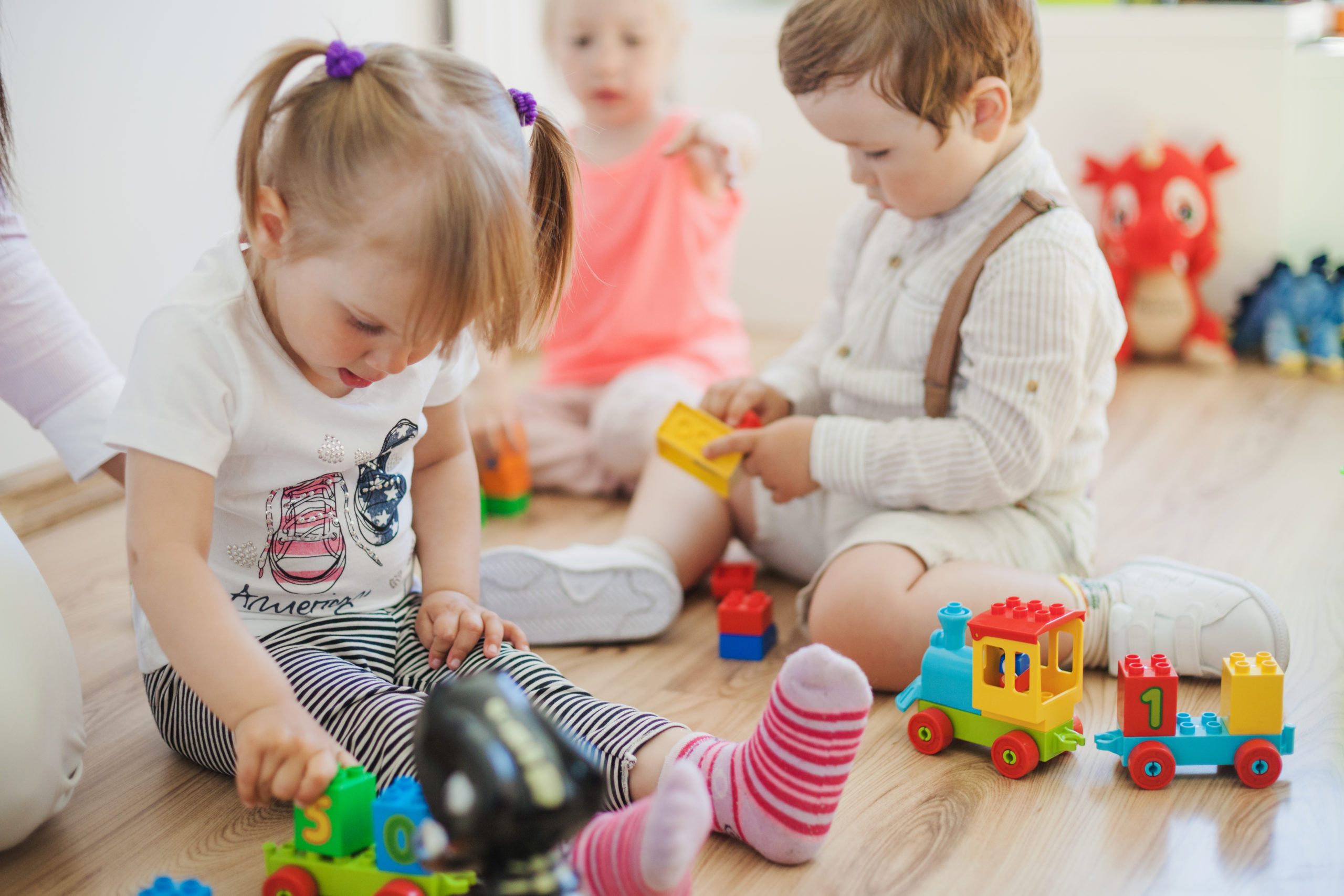

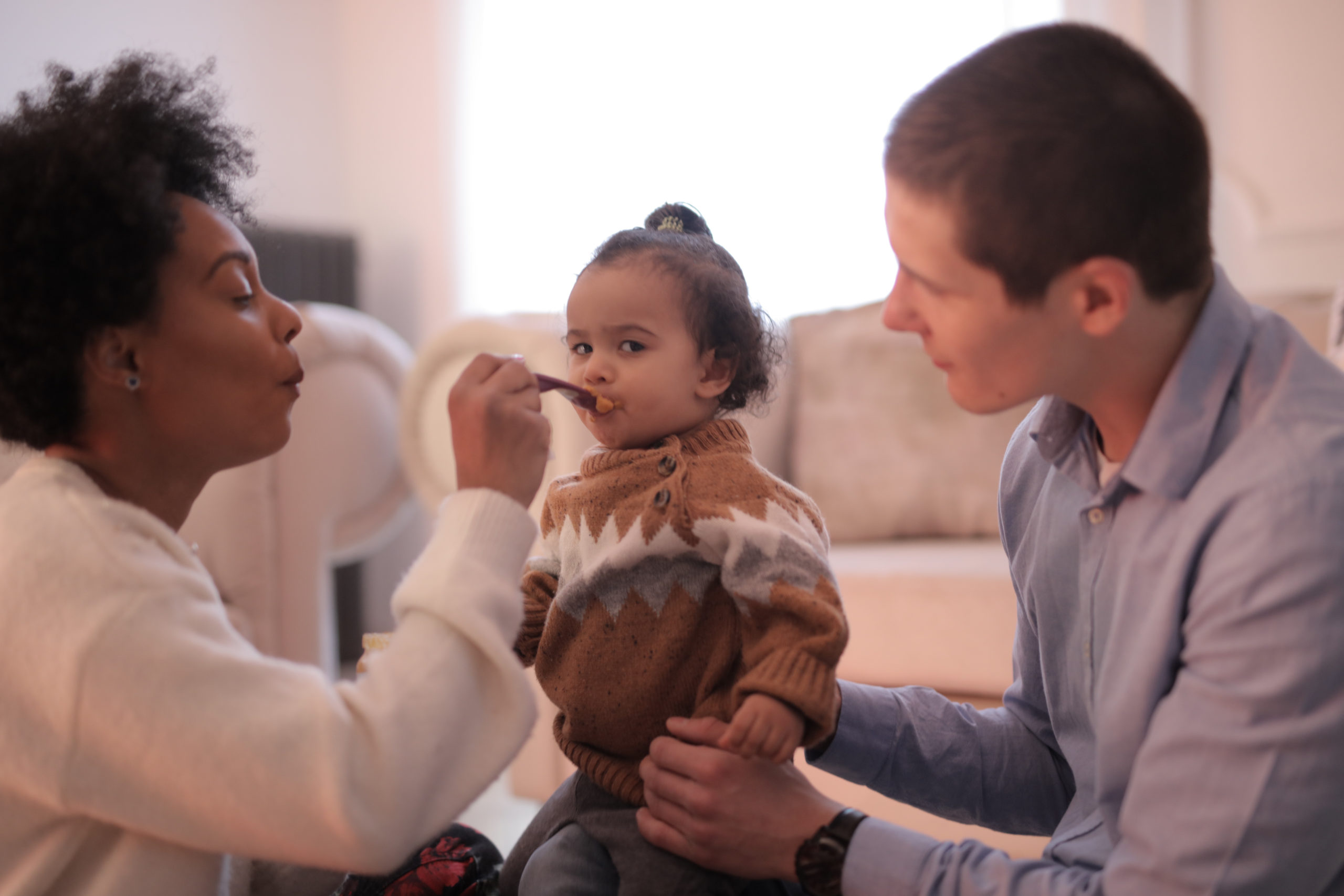



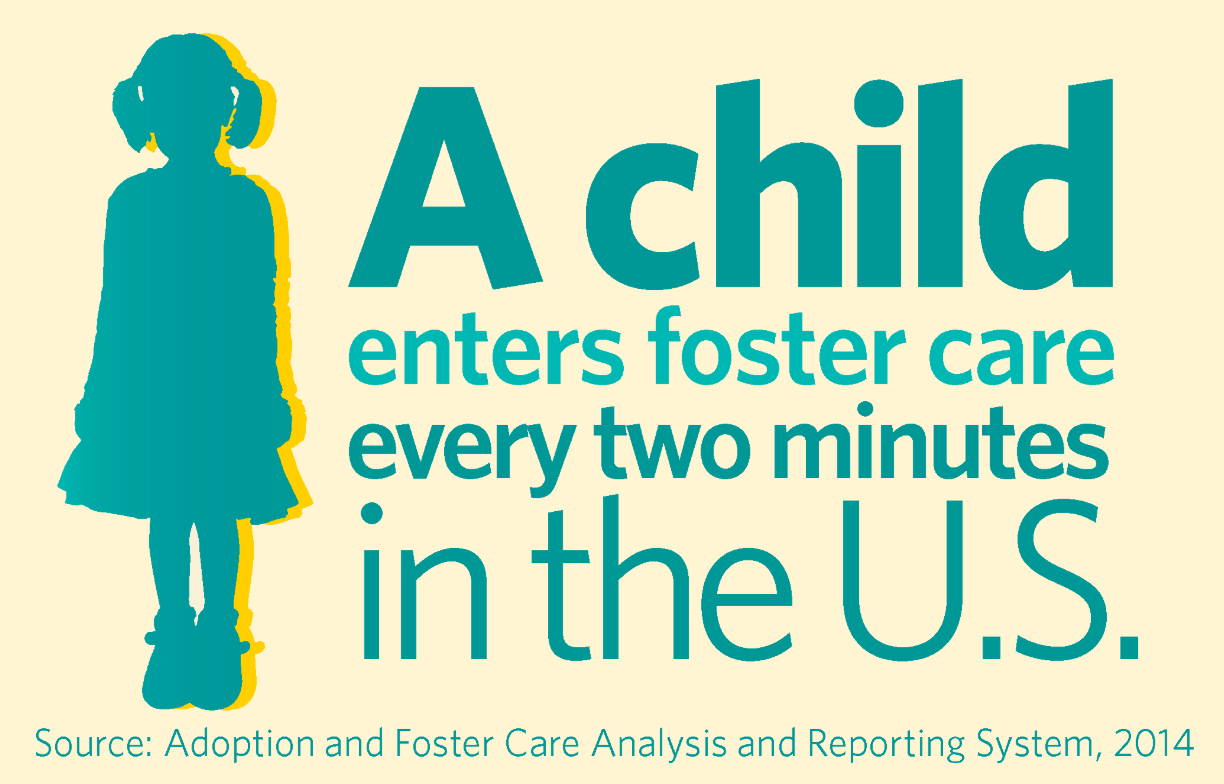
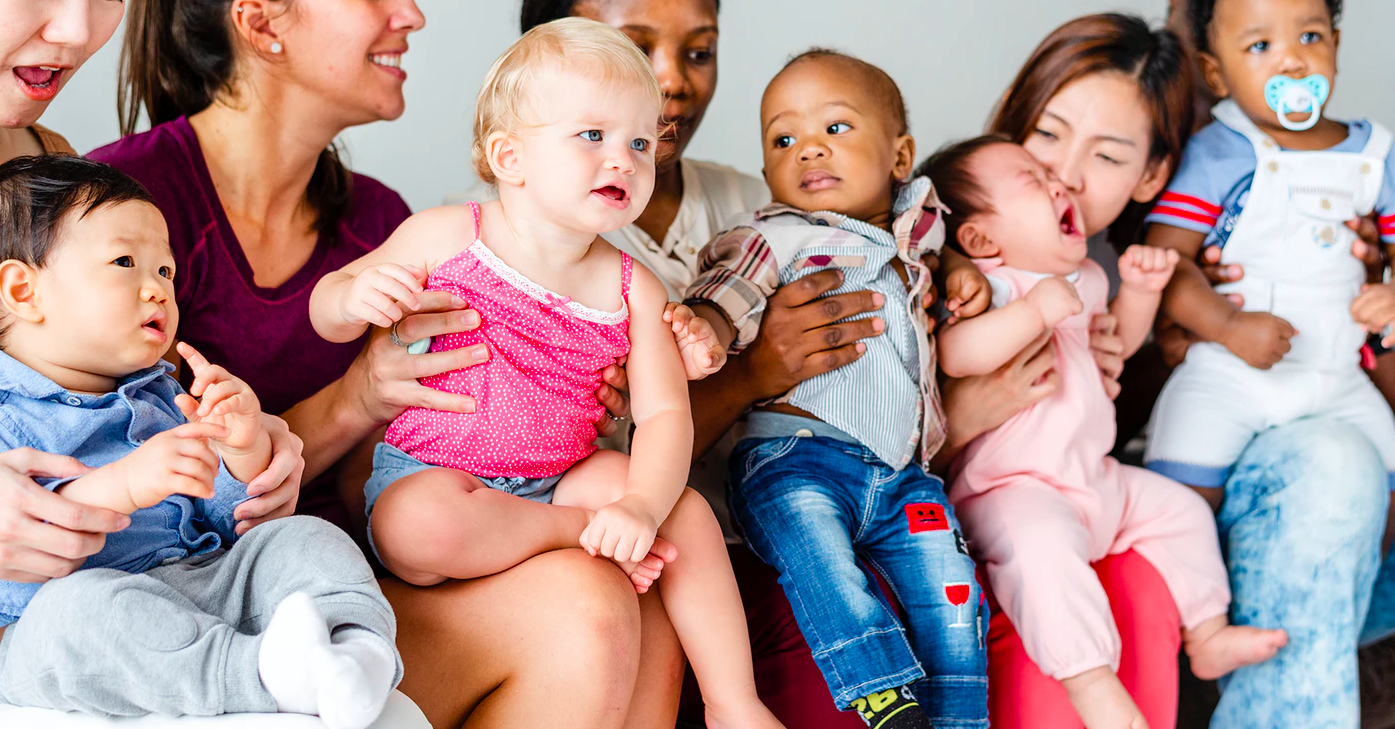
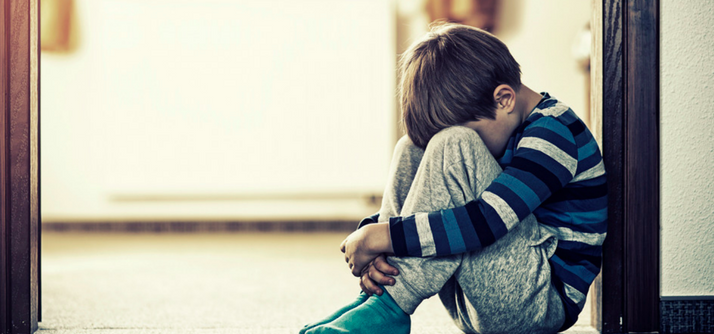
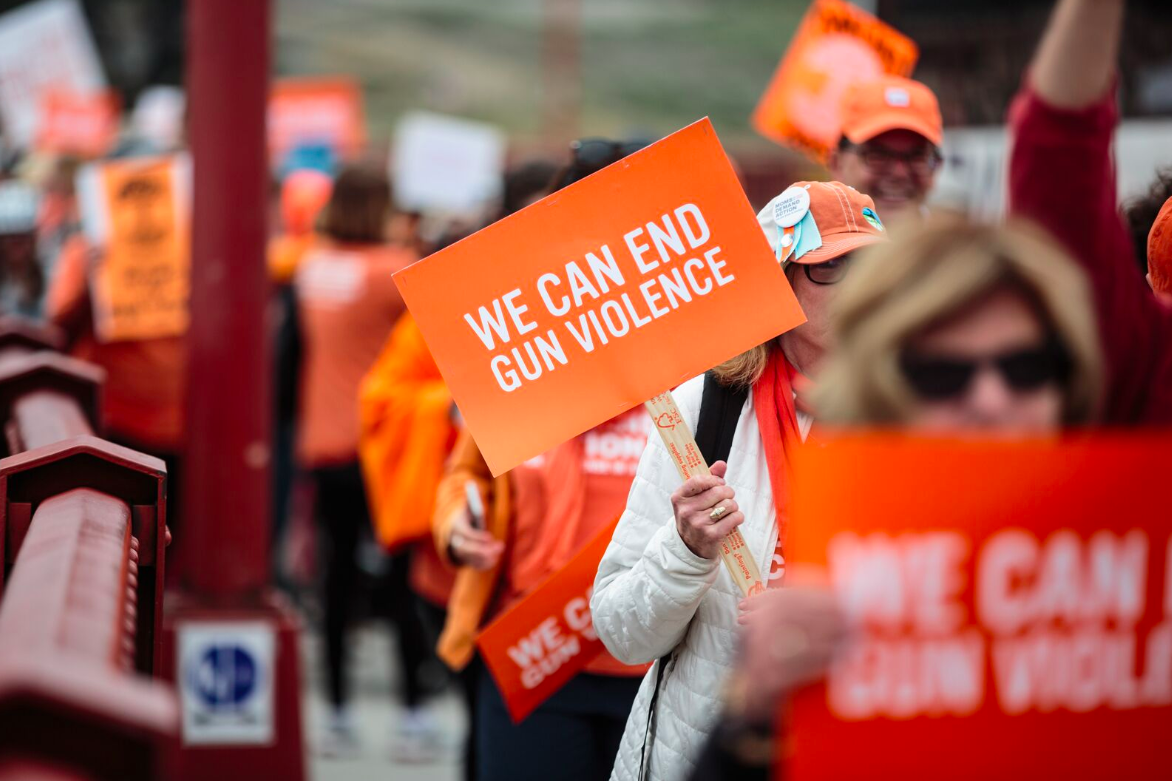


 ban was signed into law in 1994 and allowed to expire in 2004. Since then, attempts to pass a law have failed. Seven individual states have laws banning the sale of assault weapons: CA, CT, D.C., HI, MA, NJ and NY. There may be regulations in these states regarding the ownership of assault weapons prior to the dates when the bans went into effect.
ban was signed into law in 1994 and allowed to expire in 2004. Since then, attempts to pass a law have failed. Seven individual states have laws banning the sale of assault weapons: CA, CT, D.C., HI, MA, NJ and NY. There may be regulations in these states regarding the ownership of assault weapons prior to the dates when the bans went into effect.
 ban was signed into law in 1994 and allowed to expire in 2004. Since then, attempts to pass a law have failed. Seven individual states have laws banning the sale of assault weapons: CA, CT, D.C., HI, MA, NJ and NY. There may be regulations in these states regarding the ownership of assault weapons prior to the dates when the bans went into effect.
ban was signed into law in 1994 and allowed to expire in 2004. Since then, attempts to pass a law have failed. Seven individual states have laws banning the sale of assault weapons: CA, CT, D.C., HI, MA, NJ and NY. There may be regulations in these states regarding the ownership of assault weapons prior to the dates when the bans went into effect.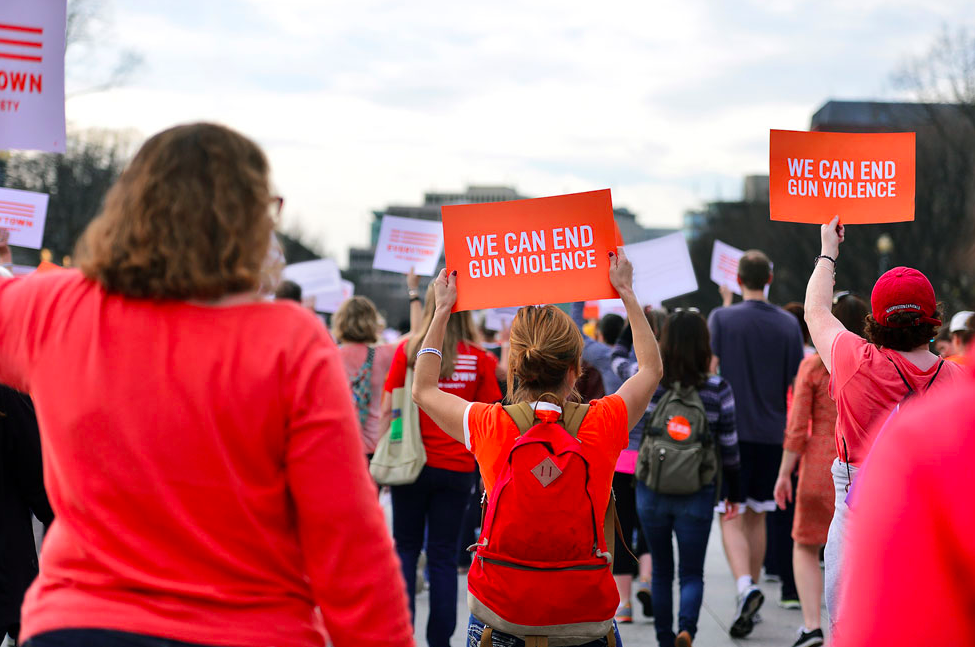
 Safe Storage of Guns at Home: Massachusetts is the only state with a law requiring that gun owners lock their gun(s) in safe storage. Eleven states require that there be locking devices on guns when they are sold or transferred by licensed gun dealers. A similar federal law was passed in 2005, but this law doesn’t apply to private dealers.
Safe Storage of Guns at Home: Massachusetts is the only state with a law requiring that gun owners lock their gun(s) in safe storage. Eleven states require that there be locking devices on guns when they are sold or transferred by licensed gun dealers. A similar federal law was passed in 2005, but this law doesn’t apply to private dealers.
 Safe Storage of Guns at Home: Massachusetts is the only state with a law requiring that gun owners lock their gun(s) in safe storage. Eleven states require that there be locking devices on guns when they are sold or transferred by licensed gun dealers. A similar federal law was passed in 2005, but this law doesn’t apply to private dealers.
Safe Storage of Guns at Home: Massachusetts is the only state with a law requiring that gun owners lock their gun(s) in safe storage. Eleven states require that there be locking devices on guns when they are sold or transferred by licensed gun dealers. A similar federal law was passed in 2005, but this law doesn’t apply to private dealers.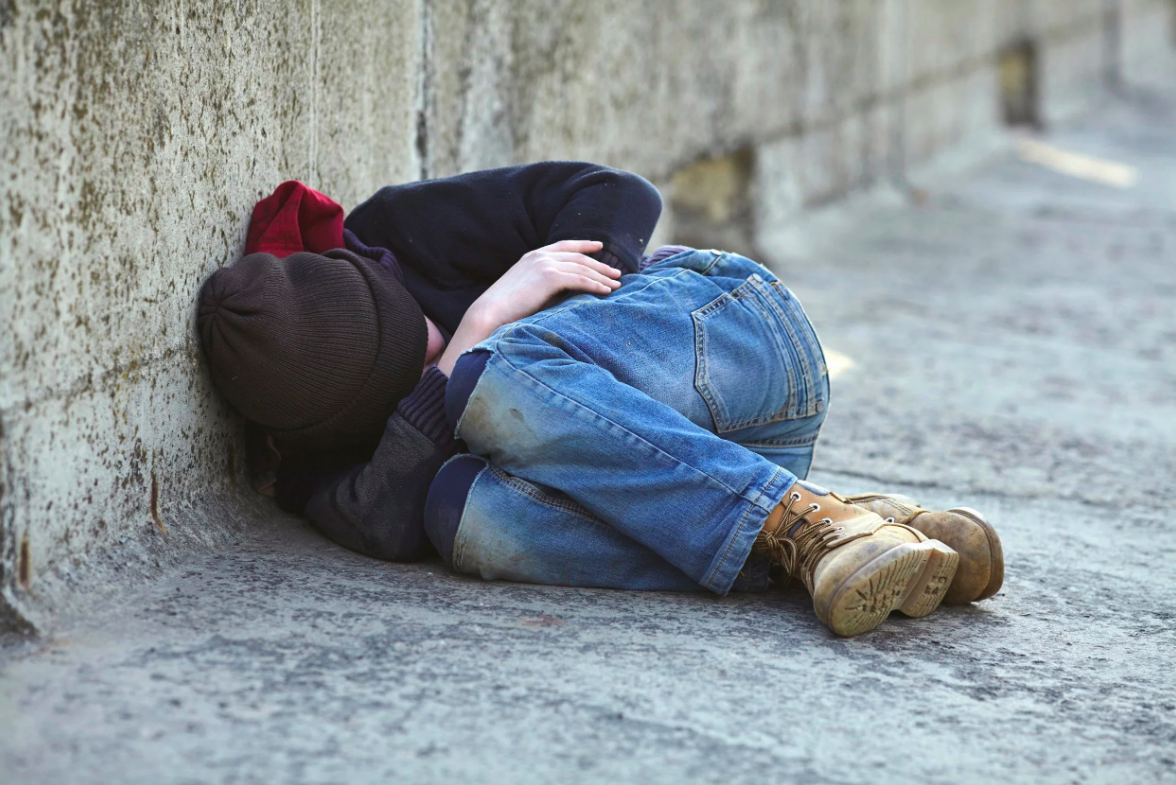
 homelessness is divided into those who are sheltered and those who are not. Thankfully, the majority of children are in sheltered situations. The extent of homelessness nationally and in each state is described
homelessness is divided into those who are sheltered and those who are not. Thankfully, the majority of children are in sheltered situations. The extent of homelessness nationally and in each state is described 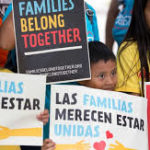 There are many complicated possibilities for where a child will end up if his or her parent(s) are detained. The best case scenario is when a legal parent is at home to provide care. The next best is when the parent has planned ahead and obtained legal custody arrangement for a guardian to step in if detention or deportation occurs. When there is no custody plan and both parents, or a single parent, are detained, a difficult battle begins when the parents or single parent attempt reunification with their child or children.
There are many complicated possibilities for where a child will end up if his or her parent(s) are detained. The best case scenario is when a legal parent is at home to provide care. The next best is when the parent has planned ahead and obtained legal custody arrangement for a guardian to step in if detention or deportation occurs. When there is no custody plan and both parents, or a single parent, are detained, a difficult battle begins when the parents or single parent attempt reunification with their child or children. There is a wide range of complicated possibilities for where a child will end up if his/her parent(s) are detained. The best case scenario is when a legal parent is in the home to provide care. The next best is when the parent has planned ahead and obtained legal custody arrangement for a guardian to step in if detention or deportation occurs. When there is no custody plan and both parents, or a single parent, are detained, a difficult battle begins when the parents or single parent attempt reunification with their child(ren).
There is a wide range of complicated possibilities for where a child will end up if his/her parent(s) are detained. The best case scenario is when a legal parent is in the home to provide care. The next best is when the parent has planned ahead and obtained legal custody arrangement for a guardian to step in if detention or deportation occurs. When there is no custody plan and both parents, or a single parent, are detained, a difficult battle begins when the parents or single parent attempt reunification with their child(ren).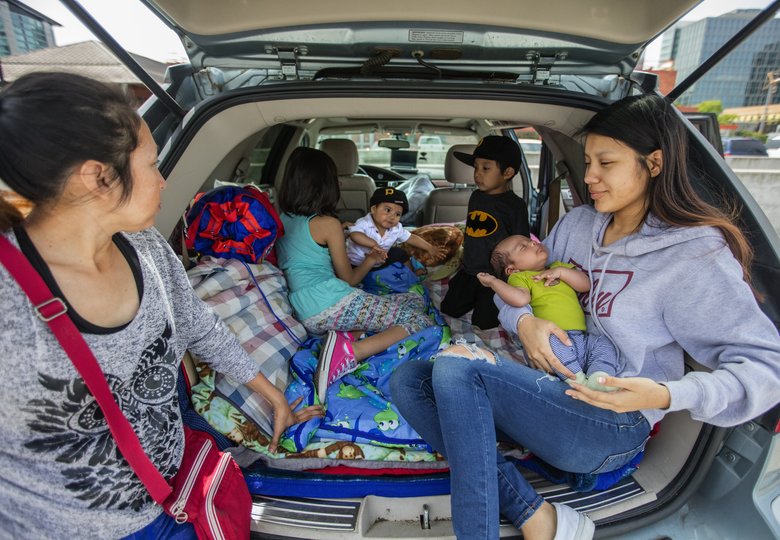

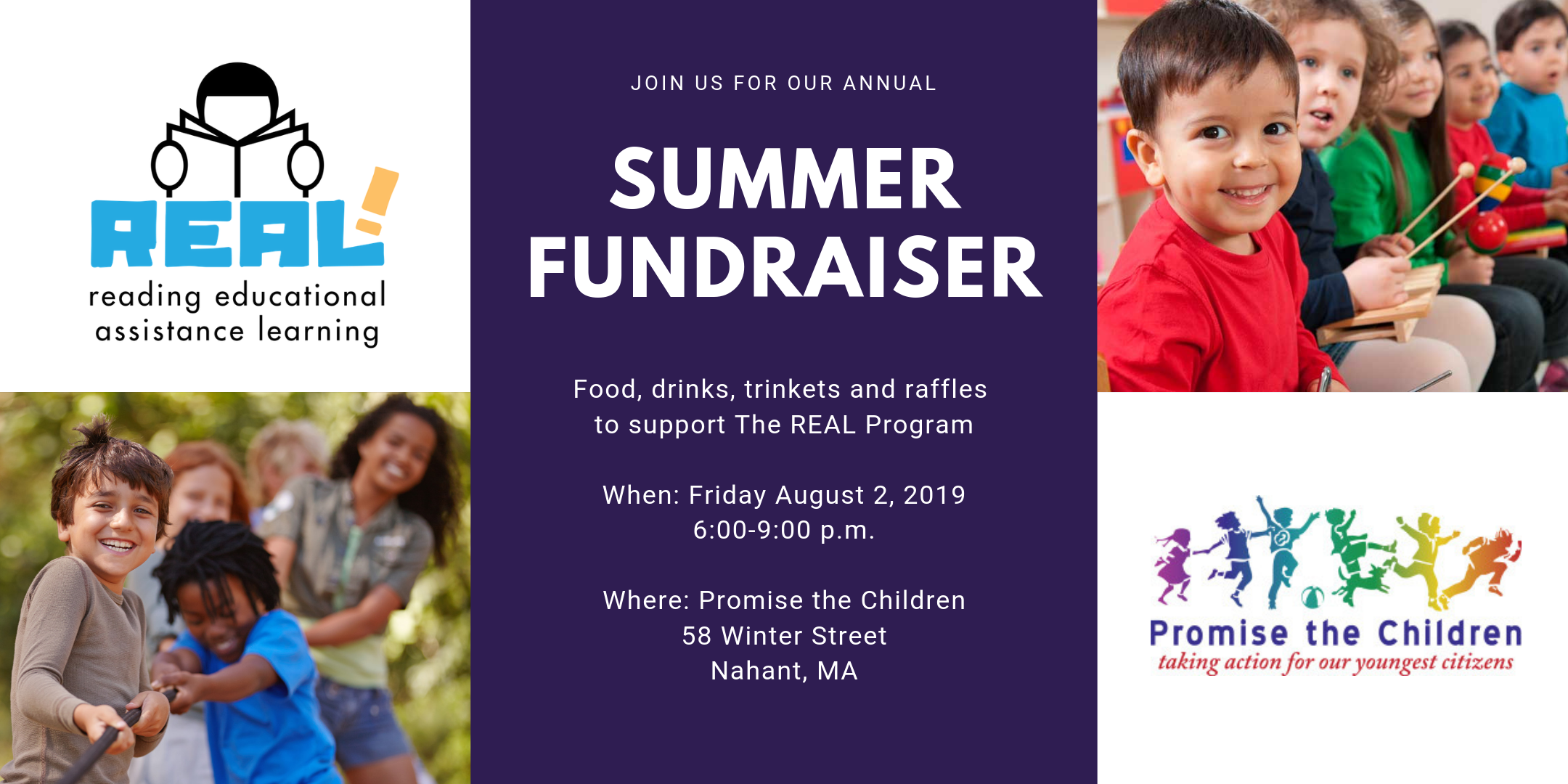
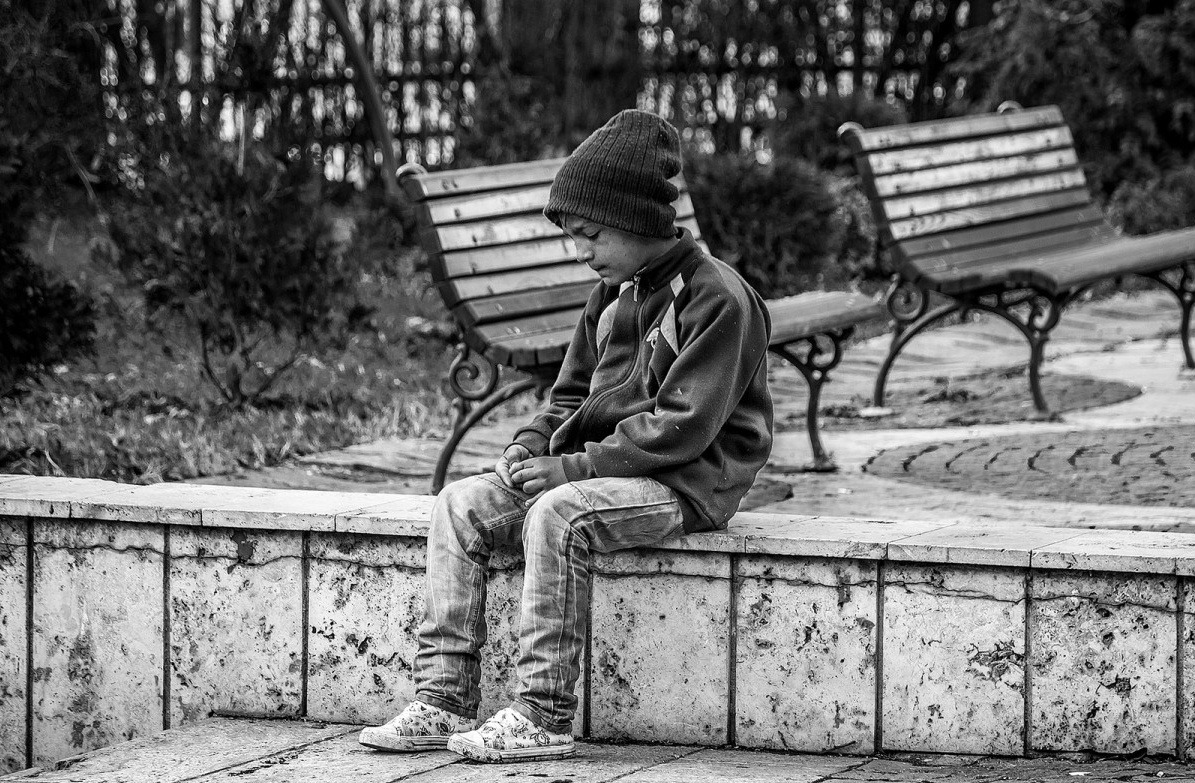
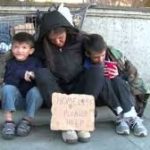
 situation doesn’t add to the mental stress they may be experiencing when separated from their families or either orphaned entirely. Foster care needs a serious revamping in terms of completely prioritizing the wellbeing of the children—but there are other ways to help combat the abundance of children who experience homelessness. Addressing incarceration rates and deportation laws can help keep families together and target the problem at the source, avoiding some of the strife placed on our children through the foster care system.
situation doesn’t add to the mental stress they may be experiencing when separated from their families or either orphaned entirely. Foster care needs a serious revamping in terms of completely prioritizing the wellbeing of the children—but there are other ways to help combat the abundance of children who experience homelessness. Addressing incarceration rates and deportation laws can help keep families together and target the problem at the source, avoiding some of the strife placed on our children through the foster care system.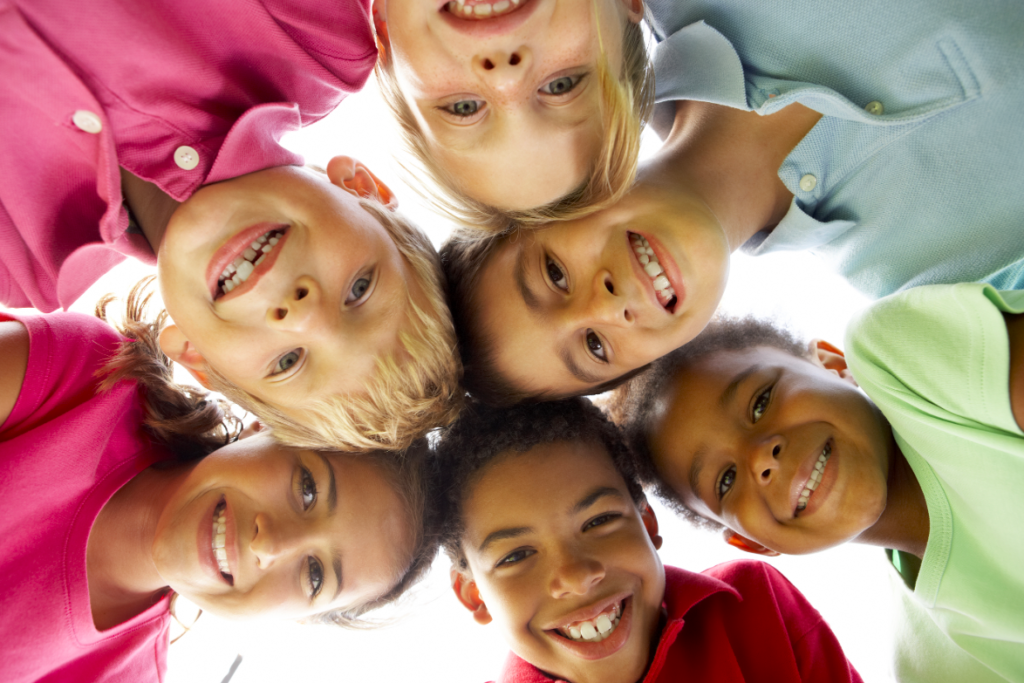


 families have the money to spend on these services, but those with lower salaries do not. As a result, wealthier children are ready to learn in kindergarten and first grade while those lacking the experience of quality early childhood education, either in a classroom or at home, are not.
families have the money to spend on these services, but those with lower salaries do not. As a result, wealthier children are ready to learn in kindergarten and first grade while those lacking the experience of quality early childhood education, either in a classroom or at home, are not.  willing to wait a decade or so for the children to grow up and enter the job market. This could
willing to wait a decade or so for the children to grow up and enter the job market. This could 
 Today Yemen has been turned into a modern battlefield with very limited access to food and medicine for innocent Yemeni families and children. We have all seen images of some of the 85,000 children who are dying of starvation and know that there are thousands more suffering and dying every day. “Currently Yemen is suffering from what is being called the world’s worst humanitarian crisis in the last 100 years, with many people not having the essentials that they need to survive, like food, water and shelter.” —
Today Yemen has been turned into a modern battlefield with very limited access to food and medicine for innocent Yemeni families and children. We have all seen images of some of the 85,000 children who are dying of starvation and know that there are thousands more suffering and dying every day. “Currently Yemen is suffering from what is being called the world’s worst humanitarian crisis in the last 100 years, with many people not having the essentials that they need to survive, like food, water and shelter.” —  Call My Congress |
Call My Congress | 
